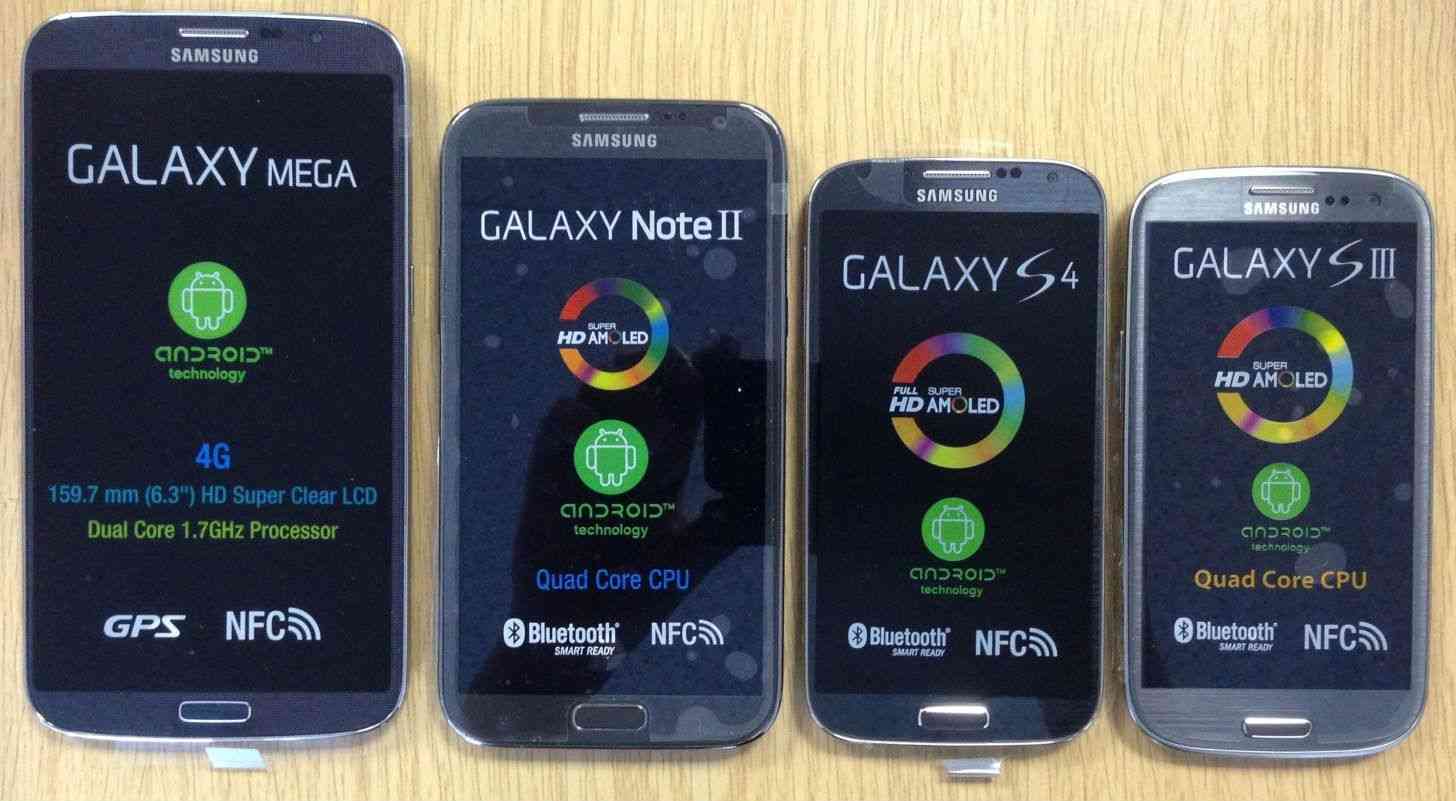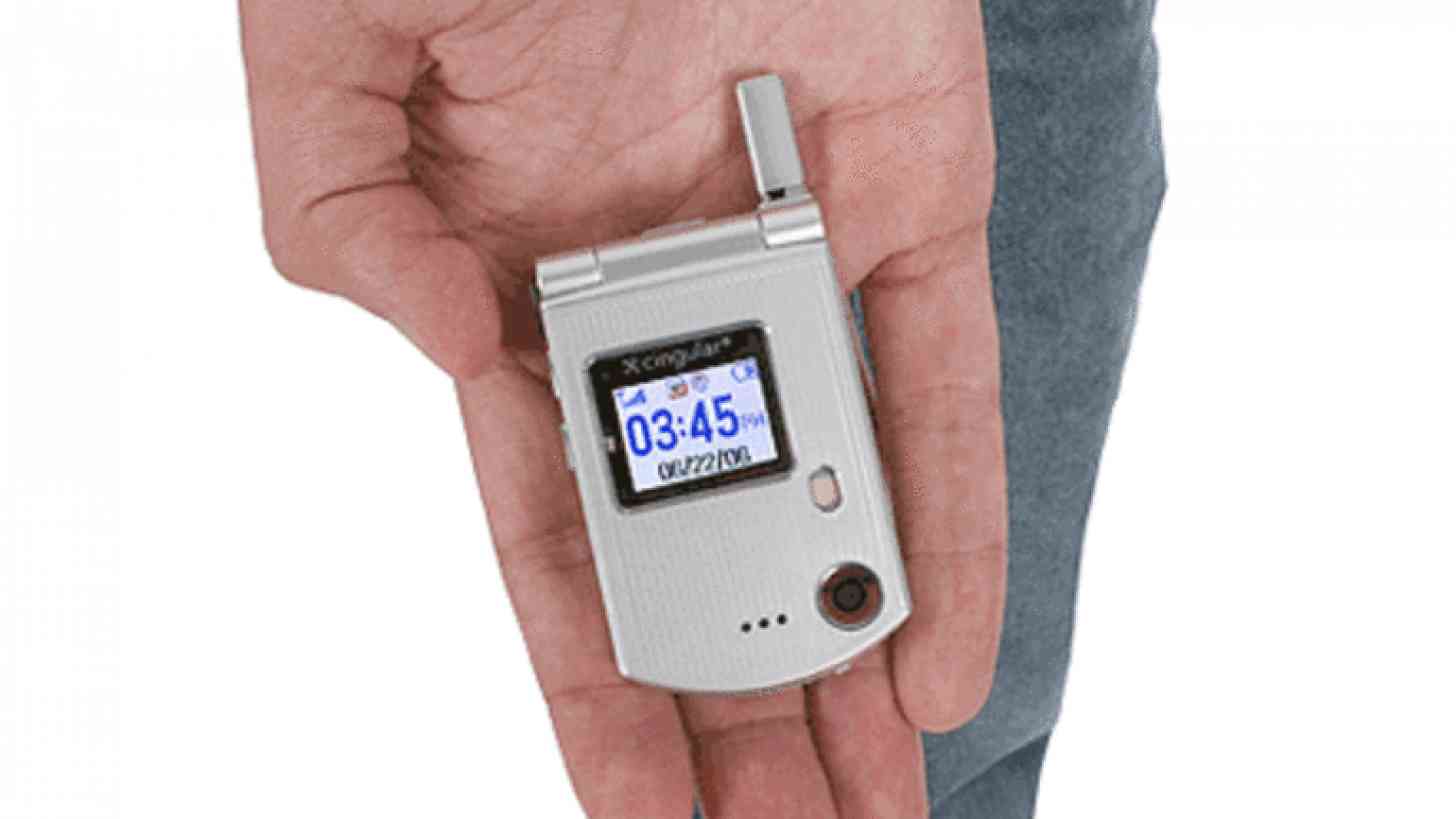
Looking back at the size trends in mobile is kind of a funny looking roller coaster. You had huge phones in the 80’s and 90’s, then heading into the early 2000’s you had a race for the smallest phone. Remember this little cutie patootie?

That's the Pantech C300. A phone that size worked out pretty well for people who just wanted to make calls, text, or take tiny pictures. Of course, heading further into the latter half of the 2000’s you’ll eventually run into this beauty:

... which changed just about everything. Yes, the Apple iPhone was, comparatively speaking, huge when compared to how hard companies had been working over the past several years to make small phones the next “big” thing, but a phone with a 3.5-inch screen wasn’t impossible to grasp. In fact, according to former Apple CEO Steve Jobs, a 3.5-inch screen was the “perfect” size for one-handed use - so while the phone may have been big in comparison, it was still useable with one hand, which was still important. At least at the time.
Jobs, back in 2010, went even further to say that “no one’s going to buy” big phones, particularly aiming the statement towards Samsung, who was steadily starting to increase screen size little by little, taking advantage of a feature that Apple never seemingly wanted to integrate. In fact, many Android manufacturers were taking advantage of Apple's confidence in its 3.5-inch screen size. HTC, Motorola, Sony, LG, and Samsung were all making flagship Android devices with bigger screen sizes than Apple’s iPhone, and it was paying off rather well for them.
This is a trend that continues even 4 years later. Smartphone screens have become so large that a new term has been coined for the behemoth smartphones, “phablets”, which is appropriate given that the size of these phones are somewhere in between smartphone and tablet-sized.
The first phablet to really garner any attention (and ridicule) was the Samsung Galaxy Note. Many had speculated that the Note was so large that it could never make it past its niche market, which was another wrong prediction. The Galaxy Note, now in its fourth generation, is one of the most highly anticipated yearly releases in the smartphone industry. Perhaps even more surprising is that the Galaxy Note is no longer the device with the largest screen size anymore. For that, you can look at the 7-inch Huawei MediaPad, the 6.44-inch Sony Xperia Z Ultra, the 6.3-inch Samsung Galaxy Mega, the 6.1-inch Huawei Ascend Mate 2, or even the 6-inch Nokia Lumia 1520. Each of these phones have a screen that measure larger than the 5.7-inch display on the Samsung Galaxy Note 4.
And with smartphones having officially crossed the line with a 7-inch screen, which is tablet territory, I have to wonder just how much longer phablets will trend before the train turns around.
As you can see, for the past several years manufacturers have been selling the “bigger is better” slogan by releasing such large smartphones - even Apple eventually changed its mind. But phones can only get so large before people really start to see them as ridiculous. Even some of the larger models, such as the Samsung Galaxy Mega, aren’t exactly top sellers (which might have something to do with the lackluster specs as well, but I feel like the extra large screen size is also a key factor). It just seems like companies have run out of room. Nobody can brag that they have the “biggest screen size” in a phone anymore - really, anything beyond a 7-inch screen is a tablet with phone capabilities, and it’s all been done before.
Because of this, I feel that change is imminent; I feel that soon it’s going to be all about who can fit the best specs and most features in the smallest shell - and still make for a good smartphone.
Obviously, we’re not going to be able to replicate something like the Pantech C300. That phone was made before web-browsing, social media, apps, etc. were features in a phone. However, I wouldn’t be surprised to see a phone with a 4-inch display, or even slightly smaller, with powerful specs sometime in the future. I think it’s going to be a race back down to the bottom for a lot of manufacturers. If you can’t claim to be the biggest anymore, what can you claim?
To be the smallest, of course.